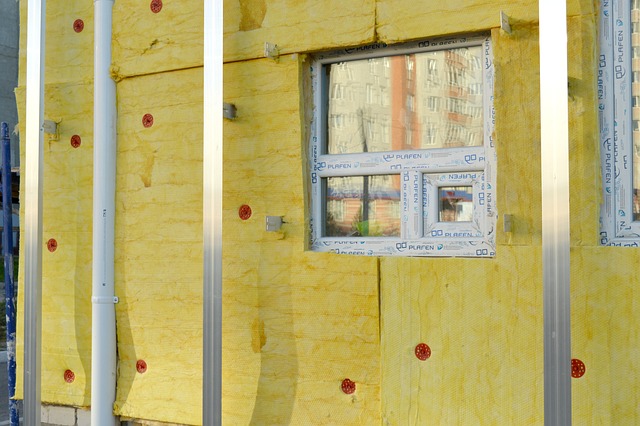Demystifying The Low-Down on the High-Rise: Understanding the Multi-Family Property Sector
In the intricate world of real estate, one property type stands tall—quite literally. High-rise, multi-family properties have been a cornerstone of urban living for decades, shaping city skylines and housing millions worldwide. This article delves into the fascinating terrain of multi-family real estate, examining its past, present, and future.

The Historical Significance of Multi-Family Properties
Multi-family properties, or residential buildings containing multiple separate housing units, have been a part of urban landscapes since the 19th century. Initially, they provided affordable housing for the expanding urban labor force during the Industrial Revolution. However, their role has evolved significantly over time, reflecting changes in societal norms, economic conditions, and architectural trends.
Current Trends in the Multi-Family Property Market
Today, multi-family properties are experiencing a resurgence, driven by changing demographic patterns and lifestyle preferences. Urbanization, the rise of single-person households, and the growing appeal of city living have all contributed to the increased demand for these properties. Additionally, the current economic landscape and the steady yield of these properties have made them attractive investment options.
The Perks and Pitfalls of Investing in Multi-Family Properties
Multi-family properties are often seen as a stable and profitable investment. They provide a steady income stream, as they are less likely to sit empty than single-family homes. Moreover, economies of scale make management and maintenance more cost-effective. However, investing in multi-family properties is not without its challenges. Higher purchase prices, complex financing, and increased management responsibilities can deter potential investors.
The Potential Impact of Multi-Family Properties on the Market
The rise of multi-family properties has significant implications for the real estate market. It could lead to the construction of more high-rise buildings, altering cityscapes and potentially contributing to urban sprawl. It could also impact rental markets, as more units become available for lease. However, the full impact will depend on various factors, including economic conditions, demographic trends, and government policies.
Future Outlook: What’s Next for Multi-Family Properties?
The future of multi-family properties looks promising. With ongoing urbanization and shifting lifestyle preferences, demand for these properties is likely to remain strong. Furthermore, advances in design and technology could lead to more sustainable and efficient multi-family buildings. However, potential investors should remain vigilant, as market conditions can change rapidly.
To conclude, multi-family properties play a pivotal role in the real estate landscape. They offer unique investment opportunities and have the potential to shape our cities and communities in the years to come. As with any real estate venture, understanding the market, conducting thorough research, and considering the broader implications are key to success.




